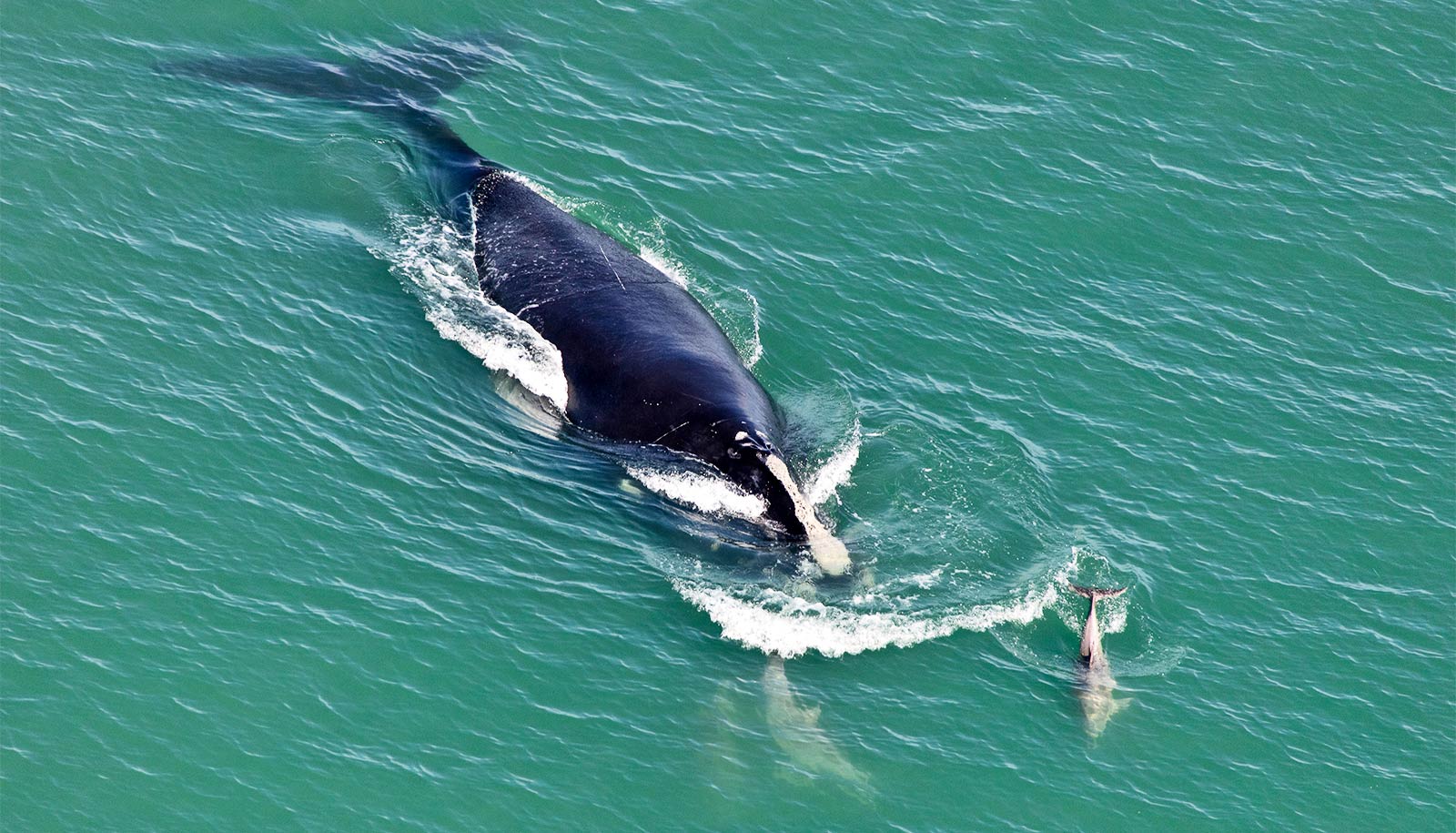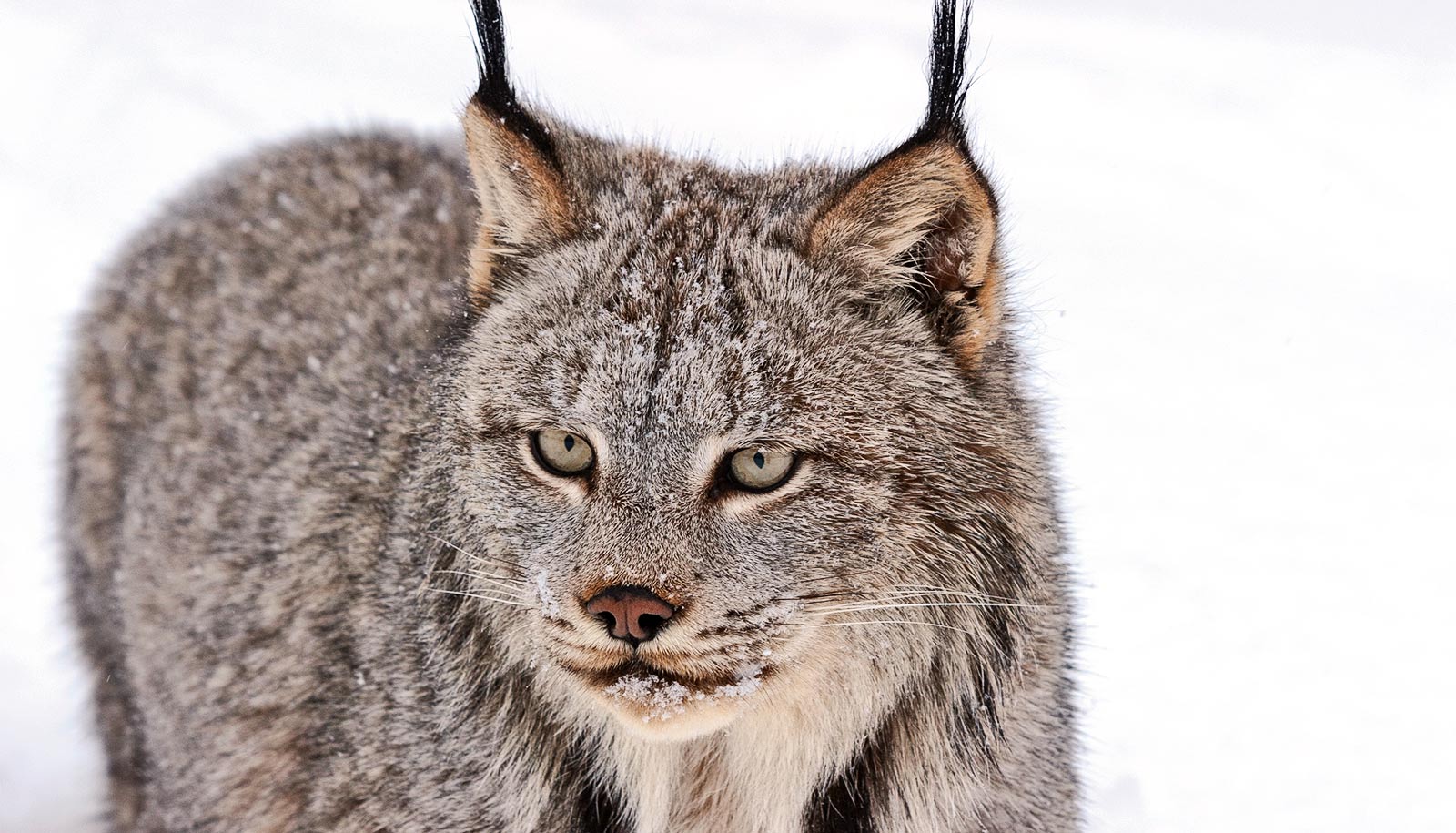A group of scientists recommends rethinking the world’s nature reserves to defend not just plants and animals, but also people.
In the Proceedings of the National Academy of Sciences, they argue that the world’s protected areas such as nature reserves, traditionally havens for endangered animals and plants, can be made better if they ratchet up benefits that directly benefit people.
The world’s nature reserves not only defend nature for nature’s sake, but also curb erosion, prevent sandstorms, retain water and prevent flooding, and sequester carbon. The authors include more of a place for people—judiciously.

“Decades of interdisciplinary research teaches us that the best, most-durable protections we can give nature are ones that also directly benefit people,” says Jianguo “Jack” Liu of Michigan State University. “This new look at China’s expansive nature reserves is an exciting way to understand how protected areas all over the world can be improved for both people and nature.”
Cities make us forget what’s great about nature
Liu and colleagues evaluate what and how China’s expansive protected areas are protecting, and envision a kind of new national park system that nurtures both human and beast.
Globally some 209,000 protected areas cover approximately 12 million square miles—more than 15 percent of the world’s land surface and 3.4 percent of the ocean area. Those areas can be a hot bed of human benefit—they are places that also are treasured for hunting, fishing, recreation, and to marvel at natural beauty.
The group evaluates how well China’s protected areas are protecting biodiversity. Overall, the reserve networks, which focus mainly on protecting valued mammals, do “reasonably well” for mammals and birds—mostly because they’re designed with them in mind. Plants, amphibians, and reptiles aren’t the target group for most reserves, and so aren’t as well protected.
Likewise, China’s nature reserve network wasn’t designed with the four key ecosystem services on which the study focuses. Water retention, soil retention, sandstorm prevention, and carbon sequestration aren’t on the map—literally. The scientists see an opportunity to change borders and create new national parks to balance protection with sustainable use of natural resources.
90 minutes in nature really do change the brain
The group envisions clusters of nature reserves, which would foster connectivity. These new parks could permit human activity that wasn’t disruptive to conservation efforts. The win-win approach could garner more local and national support for protected areas, as well as make the super-sized parks more effective and durable.
“Many benefits generated in China’s nature reserves, such as carbon sequestration, are telecoupled with the rest of the world,” says Liu, chair in sustainability and director of the Center for Systems Integration and Sustainability. “The research approach developed in this study can also be useful for evaluating biodiversity and ecosystem services of protected areas in other countries, including the United States.”
Coauthors are from the State Key Laboratory of Urban and Regional Ecology in the Chinese Academy of Sciences, several other institutions in China, Stanford University, and the University of Minnesota.
Source: Michigan State University



